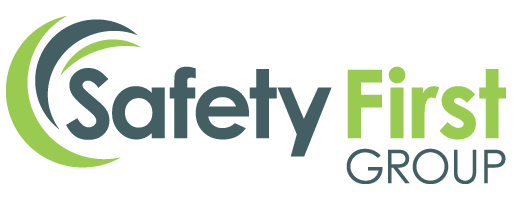Since October, HSE has been inspecting manufacturing businesses that use metalworking fluids in their machining processes, with more than half of inspections identifying failings.
As a result, enforcement action has been taken against employers.
The 3 common failings found were:
- not having local exhaust ventilation
- failing to complete regular fluid quality checks
- not providing health surveillance for lung and skin conditions
WHAT ARE THE DANGERS POSED BY METALWORKING FLUIDS AND MACHINERY COOLANTS?
Exposure to metalworking fluids, also known as white water, can cause irritation with unprotected skin or damage through inhalation. Health risks include:
- Irritation to hands forearms, including dermatitis
- Burns to exposed skin
- Poisoning via inhalation
- Harm to lungs and organs via inhalation
- Lowered white blood cell counts
- Bacterial infections
- Lung diseases such as asthma and pneumonitis
Metalworking fluid is a hazardous substance that comes under COSHH regulations (Control of Substances Hazardous to Health Regulations 2002).
The annual statistics on work-related ill health and workplace injuries for 2022/23 show:
- an estimated 12,000 people die each year from lung diseases linked to exposure to hazardous substances at work
- an estimated 19,000 new cases of breathing and lung problems are thought to have been caused or made worse by work
- the manufacturing industry has a substantially higher rate than average for occupational asthma
Protect your workers, protect your business
To reduce exposure, you need control measures in place. The impact of failing to take action can be significant. There is the real human cost to those harmed at work and if this results in a prosecution the costs can be reputational and financial.
Make sure you have the correct controls in place to protect workers from the risks of working with metalworking fluid.
To reduce exposure, you need control measures in place. Read below for more information and links to advice and guidance to check your business has the correct measures in place.
1. INSTALL LOCAL EXHAUST VENTILATION (LEV)
The mist produced during machining is harmful to workers health when inhaled. LEV should be fitted to CNC machines where operators are exposed to mist.
If you don’t have LEV, view our offering HERE.
Clearing the air: A simple guide to buying and using local exhaust ventilation (LEV) (hse.gov.uk)
For more detail see CNC machining (MW1) (PDF)
2. REGULAR FLUID QUALITY CHECKS
Water-mix metalworking fluid, or white water, stays in the machine and deteriorates over time. It becomes contaminated and bacteria may start to grow. Poor fluid quality also affects the performance of the machine and the quality of the parts.
To maintain safe and effective fluids, you need to regularly check and correct concentration, pH and bacteria levels.
- A visual and odour check should be done daily
- Concentration, pH and dipslides should be done weekly.
The checks are simple to carry out, though you will need some basic equipment: dipslides (bacteria); incubator; refractometer (concentration); and pH paper test strips or electronic pH meter (acidity / alkalinity).
For details, see HSE COSHH MW5: Managing fluid quality
The UKLA has created the following which provide helpful advice Good Practice Guide for Safe Handling and Disposal of Metalworking Fluids and a practical series of videos with easy to follow demonstrations of the quick and simple tests that should be carried out.
3. REGULAR HEALTH CHECKS
Health and safety law requires that employers have a health surveillance scheme in place when workers remain exposed to certain health risks, even after controls are in place. This is because control measures may not always be reliable, despite appropriate checking, training and maintenance.
You will need to involve an occupational health professional who has the relevant competence, skills and experience for the health risks in your business. They will help you develop your health surveillance scheme of regular checks and can train responsible persons to help deliver this where appropriate.
Find out more about our Occupational Health
For more on specific health surveillance for metalworking fluid, see HSE G402 for occupational asthma and HSE G403 for occupational dermatitis here: COSHH essentials – Metalworking fluids
Contact our friendly team of experts to find out more about any of our other services.
Sources:
Visit HSE’s metalworking fluids campaign webpage.
